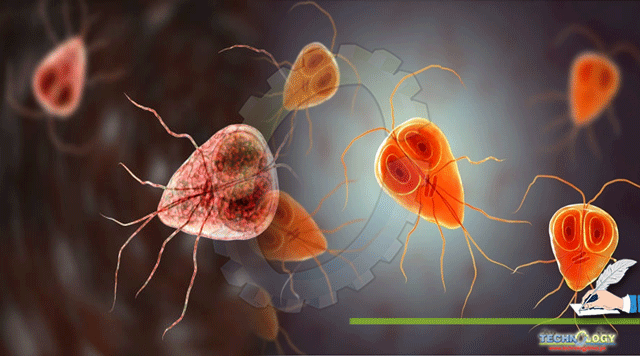Parasites not only have to reach their host but also necessarily must establish, grow, mature, and reproduce potentially to complete their life cycle. Growth is gradual development in age, weight, and size of the organism while establishment is the relationship of organisms with their environment.

By Sahar Younis,Dr Muhammad Sohail Sajid
It is the way how parasites get adapted or establish to the new environment that surrounds them. Usually, parasites complete their life cycle and sexually reproduce in the final host but if any host is involved other than the final host, the parasite will grow and increase in number by reproducing asexually in it. Certain factors must be appropriate and favorable for parasites such as supporting ecology, sufficient host surface for survival, proper available nutrients, optimum temperature, and required amount of available oxygen. Most importantly parasites must run across host defense mechanisms and competitors for space and nutrients.
The two most important factors that greatly impact parasitic survival, growth, and establishment are interspecific interaction and crowding effect. Interspecific interaction can be between parasite and host or between two parasites within the same targeted organism. Interspecific interaction takes place when two different species co- habitats in the same organisms. It can dramatically reduce parasitic reproductive capability and growth rate. It may also alter their site of selection and restrict parasitic distribution and population size. By altering the site of each other they may also restrict each other’s range. This can be found in both concurrent infections and natural infections. It is also called competitive exclusion I-e two species competing for the same narrow and bounded resources that ultimately can’t co-exist at a constant population rate. If this interaction occurs between parasite and host then the reduction in reproduction rate and size of population widely depends on the sex of the host. In the case of a single species parasite, growth and development occur differently in an extensive range of hosts. It is also considerably dependent on the immunological status of the host and physiochemical reactions in the host or parasite that broadly promote or declining the growth and development of the parasite.
Another factor that inhibits the growth and establishment of the parasite is the intraspecific crowding effect which is a phenomenon when two parasites of the same species habitat within the same host with a higher population size. There exists ultimate competition for oxygen, essential nutrients, and glucose. It is considered as a most seen phenomenon in worms. This can reduce growth rate, reproduction rate, maximum size attained by a parasite, and egg production. In such cases, worm weight and worm length can also be affected. However, there may not be a considerable effect on maturity and egg production that normally starts on day 16th post-infection. The growth rate of the parasite can also be affected directly or indirectly by toxins and growth inhibitors produced either by the host’s immune system or toxins produced by the worm itself. This can be further understood by example that an increase in the length of parasites occupying the space can reduce the population of infection-causing agents. Other factors such as signal for maturation, optimum PH, osmotic pressure, host defense system, and certain environmental factors such as time, space, and behavioral events are also important that might hinder parasitic growth and survival. Conclusively parasitic growth and survival are highly crucial to achieving reproductive success and the relationship between host and parasite must be conducive, favorable, and helping for the parasite to get adjusted to a new environment. On the other hand, these factors assist the host to encounter the infection and minimizing the infection rate.